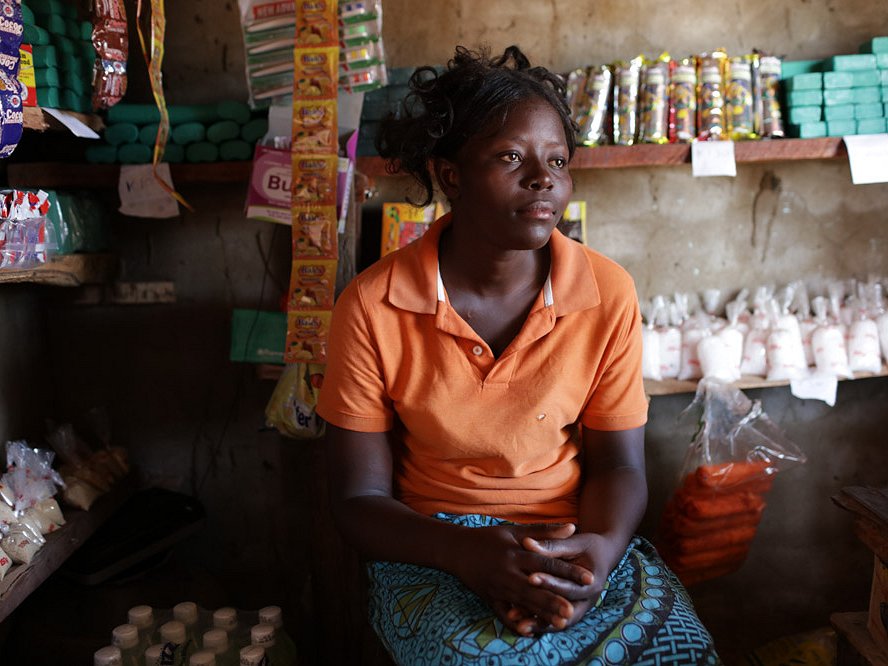
WMO: El Niño is here

By the Climate Centre
El Niño conditions have developed for the first time in seven years, setting the stage for a surge in global temperatures and disruptive weather and climate patterns, a World Meteorological Organization update said today.
El Niños are associated with increased rainfall in southern South America, the southern US, the Horn of Africa, and central Asia, and can also cause severe drought in Australia, Indonesia, parts of southern Asia, Central America and northern South America.
In the northern hemisphere summer, El Niño’s warm waters can fuel hurricanes in the central and eastern Pacific but hinder them in the Atlantic Basin.
El Niño generally has the opposite effects to La Niñas, the most recent of which ended earlier this year; WMO says there is a 90 per cent probability of at least a moderate El Niño continuing for the rest of this year.
Secretary-General Petteri Taalas said today: “The onset of El Niño will greatly increase the likelihood of breaking temperature records and triggering more extreme heat in many parts of the world and in the ocean.
“The declaration of an El Niño by WMO is the signal to governments around the world to mobilize preparations to limit the impacts on our health, our ecosystems and our economies.
“Early warnings and anticipatory action of extreme weather events associated with this major climate phenomenon are vital to save lives and livelihoods.”
‘Governments and humanitarian organizations are paying attention, are using forecasts’
The WMO’s State of the Global Climate 2022 noted that 2016 was the warmest year on record because of the combined effect of an exceptionally powerful El Niño and climate change; the effect of El Niños on global temperatures is usually seen the year after they form, so the impact of the latest event will probably be clear in 2024.
Responding to the WMO update, Climate Centre scientific adviser Andrew Kruczkiewicz said today that there is now greatly enhanced motivation to monitor El Niño and La Niña. “The Red Cross and Red Crescent as well as the United Nations have been ramping up efforts to better monitor forecasts, to issue warnings and alerts, and also to prioritize early actions,” he told Al Jazeera news.
“So that’s one of the most important messages here. Governments and humanitarian organizations are paying attention, are using forecasts,” and the current dialogue platform on anticipatory action in Johannesburg “fits with the shift – not just waiting for disasters to happen but acting before them, based on forecasts.”
Updates
“The collective evidence from both oceanic and atmospheric observations strongly points towards the presence of El Niño conditions in the Pacific,” a WMO press release said today, but some uncertainty remained because of “only weak ocean-atmosphere coupling” crucial for full-scale El Niños.
“It is anticipated that it will take approximately another month or so to witness a fully established coupling in the tropical Pacific.”
El Niños occur on average every two to seven years and typically last nine to 12 months. National met services will now closely monitor the evolution of El Niño conditions and associated impacts, and the WMO says it will provide updates as needed.
The WMO says the first El Niño in seven years has arrived. Seven years ago, the last such event contributed to drought and food insecurity that affected tens of millions of people across southern and eastern Africa. Pictured is Ellena Kenford who the Malawi and Finnish Red Cross helped to borrow the equivalent of US$ 140 from a savings group to set up her village’s first corner shop and become self-reliant. (2016 file photo: Juozas Cernius/IFRC)